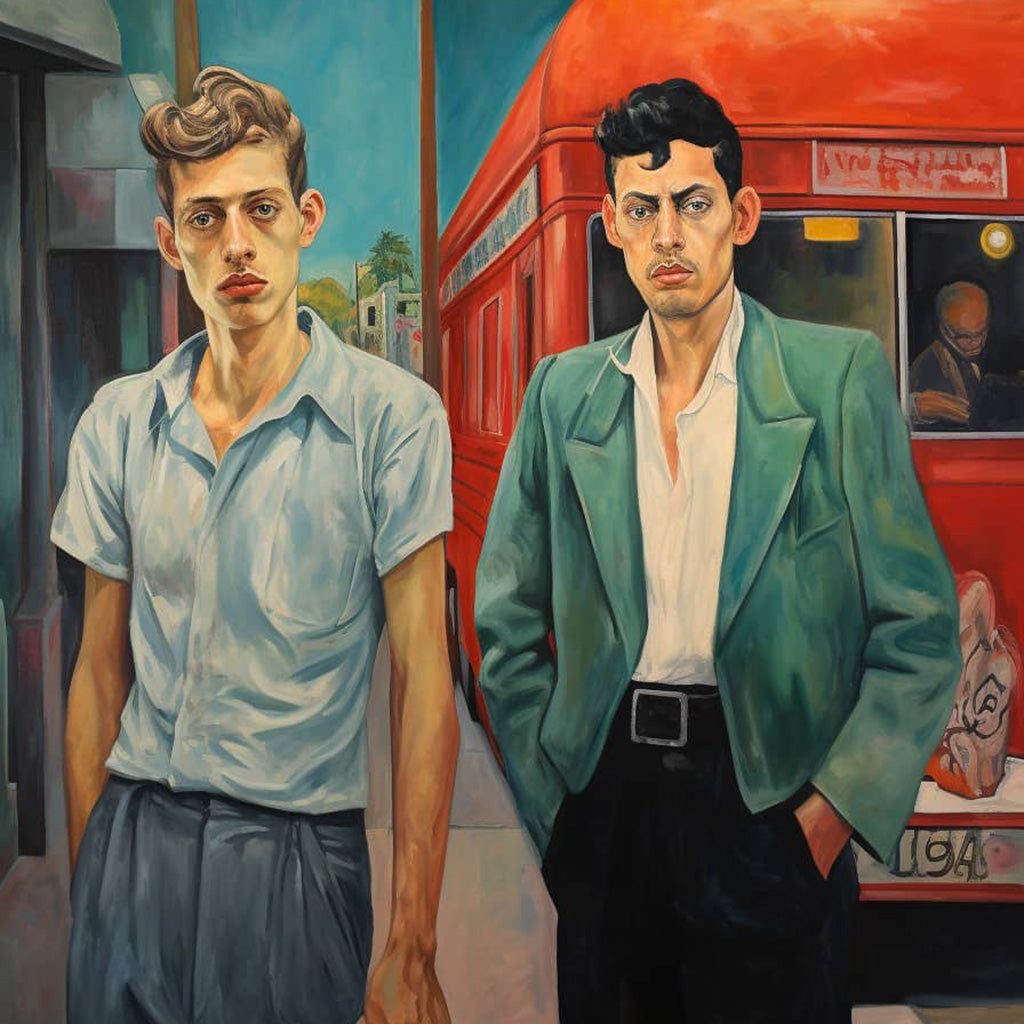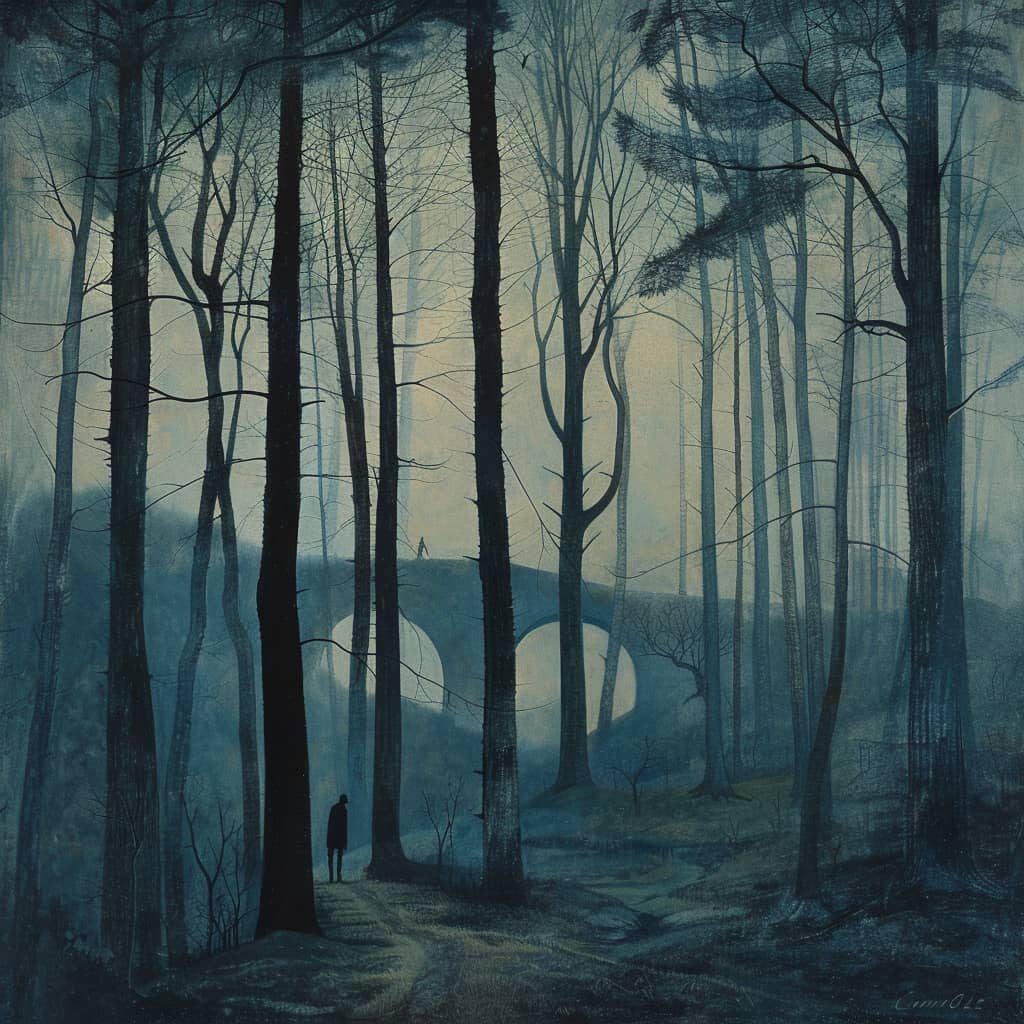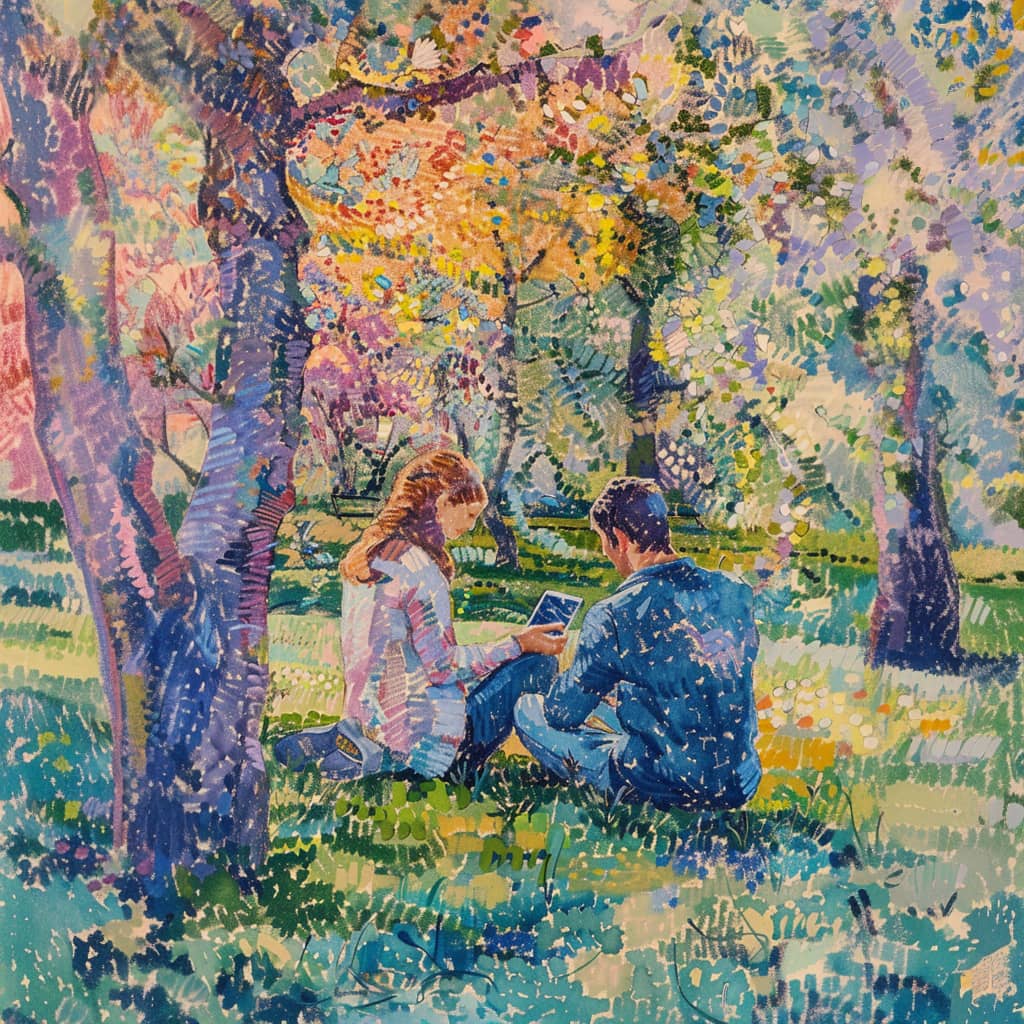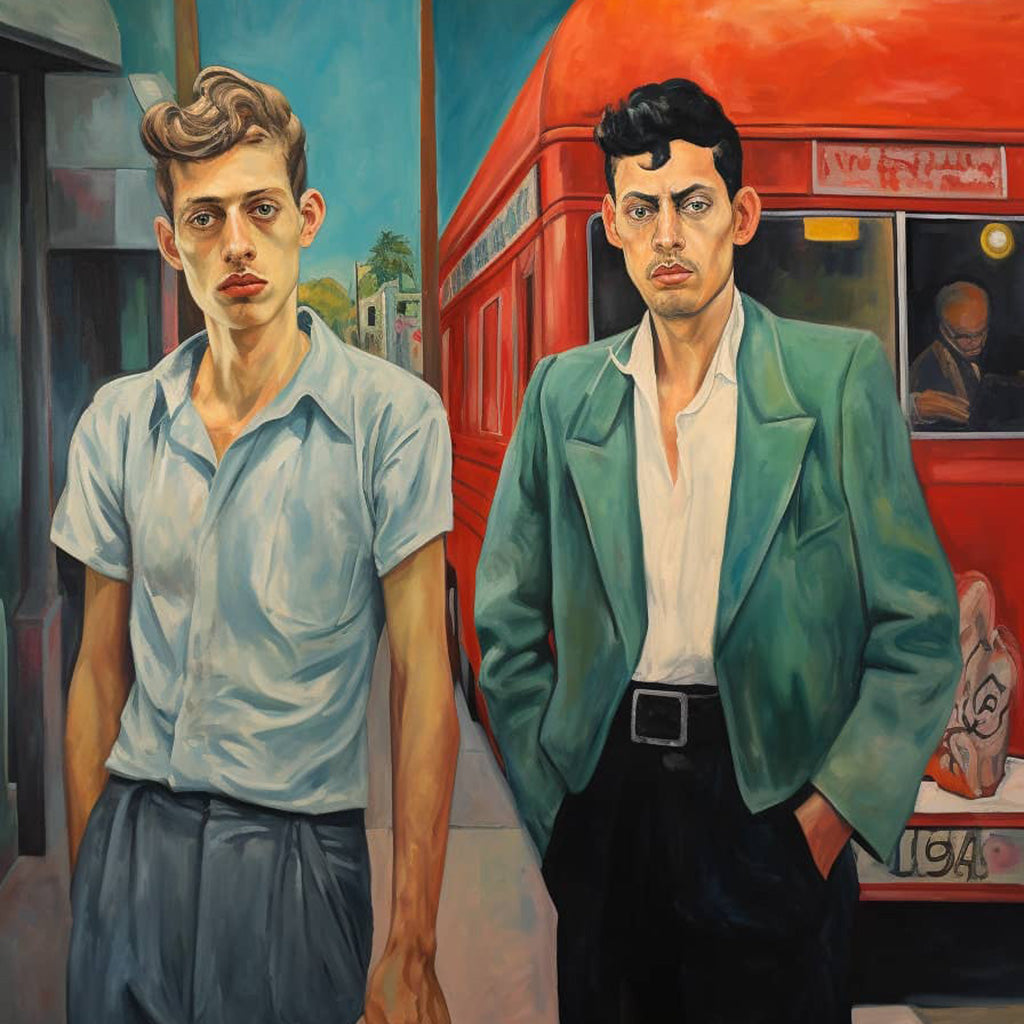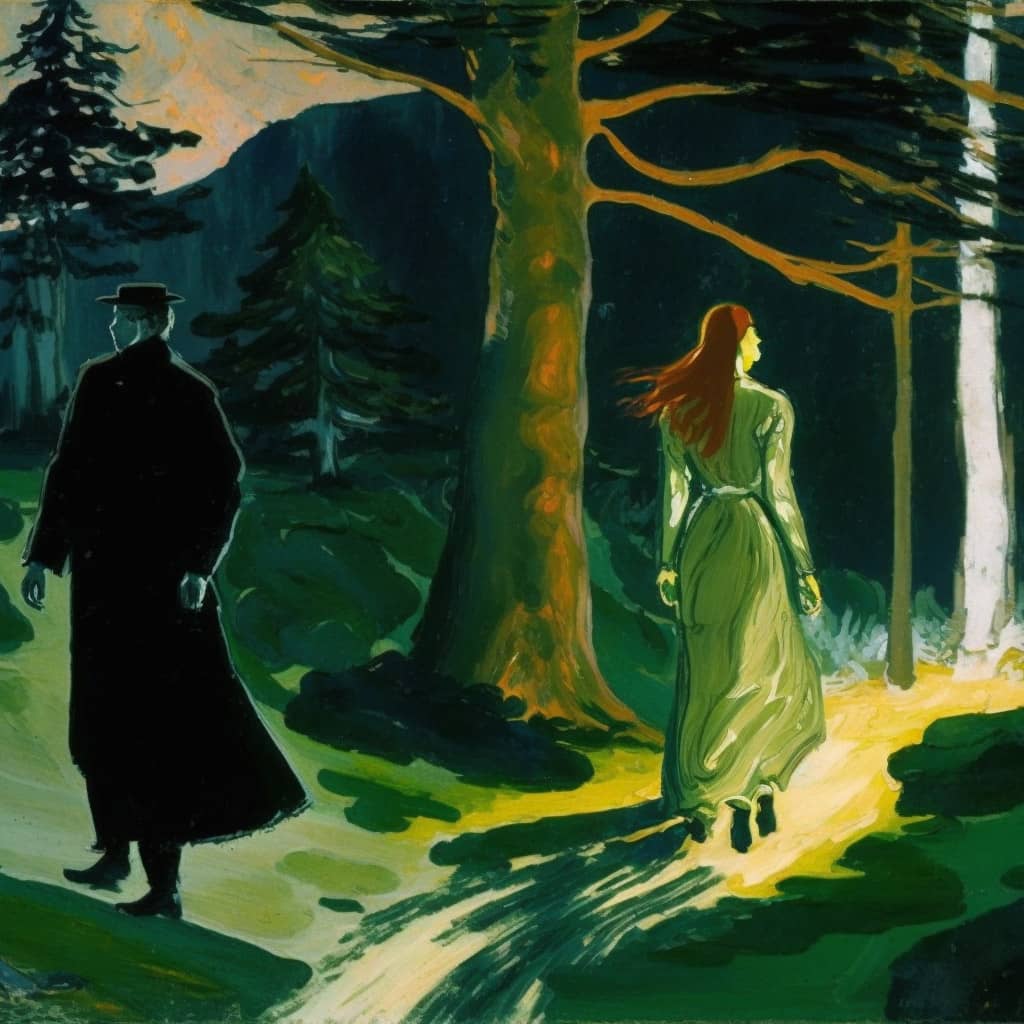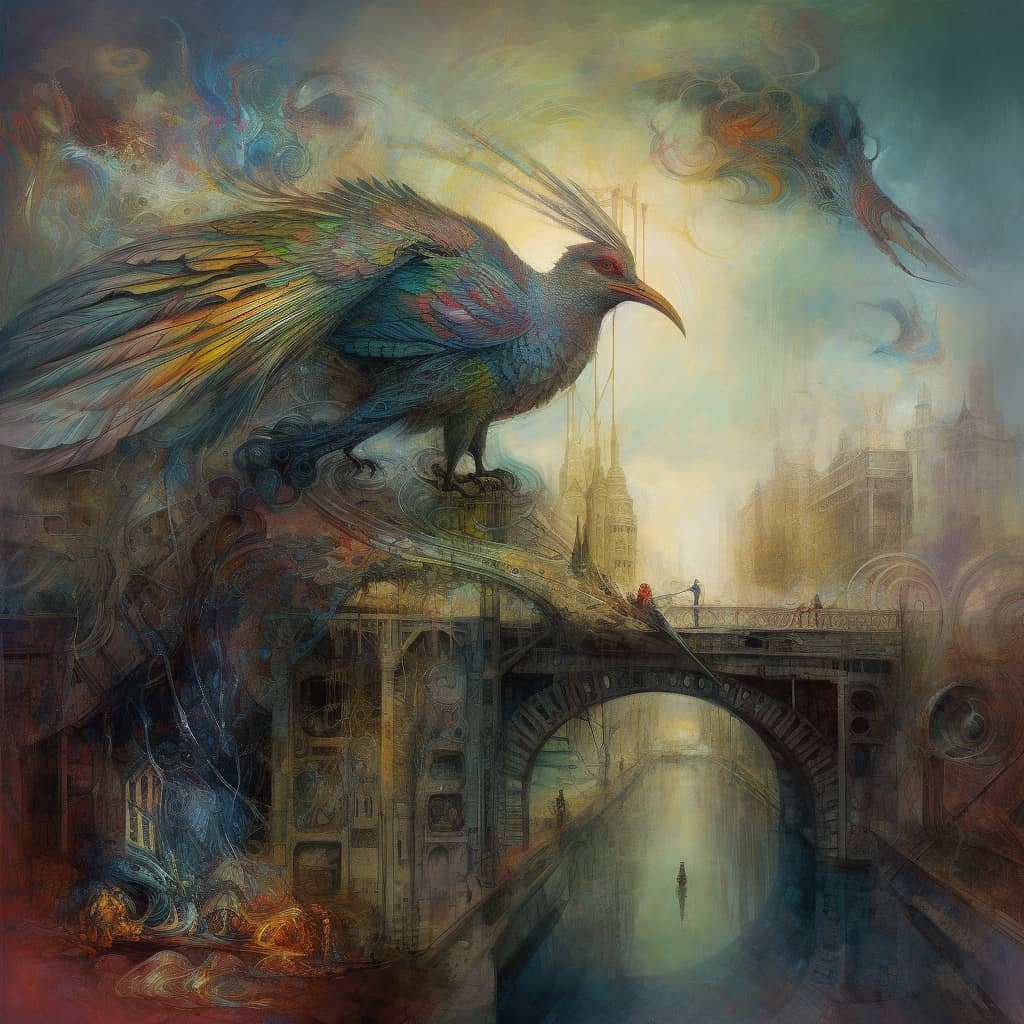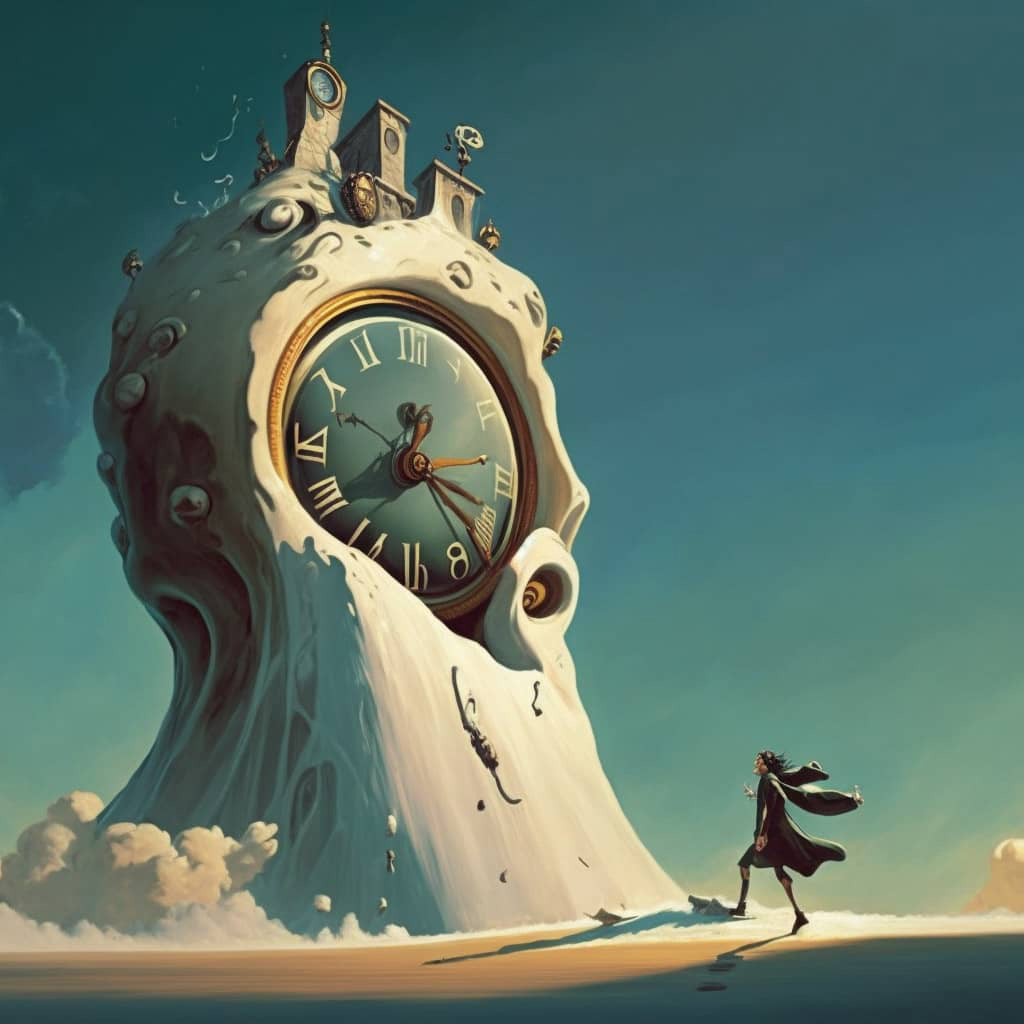Introduction: Unveiling Otto Dix, the Critical Observer
Otto Dix, born in 1891 in Untermhaus, Germany, stands as one of the most influential artists of the Weimar Republic. Known for his ruthless and vivid portrayal of society, Dix delved into the underbelly of post-World War I Germany, providing a stark mirror to the political turbulence and social upheaval of his times. Through his penetrating gaze, Dix not only documented life but critiqued it with a ferocity that has made his work an essential part of modern art history.
The Formative Years: Building the Foundation of a Provocative Artist
Dix's early life and education played a crucial role in shaping his artistic vision. His training at the Dresden School of Arts and Crafts and later at the Dresden Academy of Fine Arts introduced him to a range of styles and techniques. However, it was his experiences as a soldier in World War I that profoundly influenced his worldview and artistic style. These brutal experiences would later permeate his art, leading to a raw, unfiltered portrayal of war and its aftermath.
Art in the Aftermath: World War I and Its Impact on Dix's Work
The horrors of World War I left an indelible mark on Dix. His most compelling works from this period, such as "The Trench" and "War Cripples," showcase his ability to convey the gruesome reality of war and its impact on humanity. These paintings are graphic, unyielding in their detail, and poignant in their emotional depth. Dix's war art does not glorify combat but exposes its brutal truth, making him one of the foremost artists of the New Objectivity movement.
 Dix-style painting by Midjourney AI artist NaaveelaB
Dix-style painting by Midjourney AI artist NaaveelaB
New Objectivity: Dix’s Role in a Cultural Movement
The New Objectivity movement, or Neue Sachlichkeit, arose as a response to the emotional distortions of Expressionism. As one of its leading figures, Dix championed a style rooted in sharp, meticulous realism, aimed at exposing societal truths. His works from this period, including famous pieces like "Portrait of the Journalist Sylvia von Harden," illustrate his critical eye towards the decadence and corruption he perceived in Weimar society. Dix's portraits are disarming in their directness and complexity, revealing the psychological depth of his subjects.
Later Years: Perseverance Amidst Adversity
With the rise of the Nazi regime, Dix’s art was condemned as "degenerate," and he was forced out of his teaching position at the Dresden Academy. Despite these challenges, he never ceased to produce art, turning to landscape painting and allegorical works that still hinted at his critical style but were less overtly political. This period reflects Dix’s adaptability and his relentless commitment to his craft under increasingly hostile conditions.

